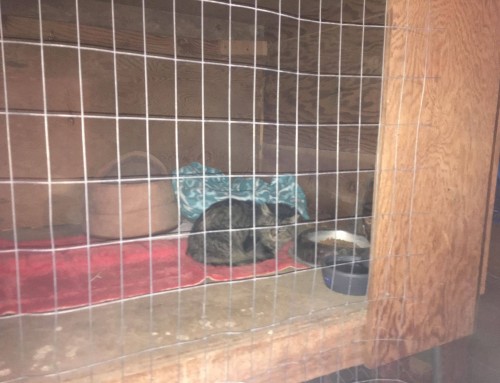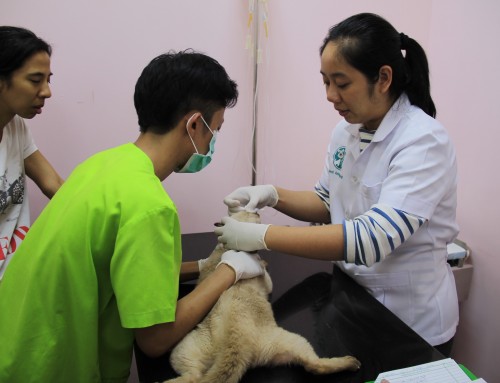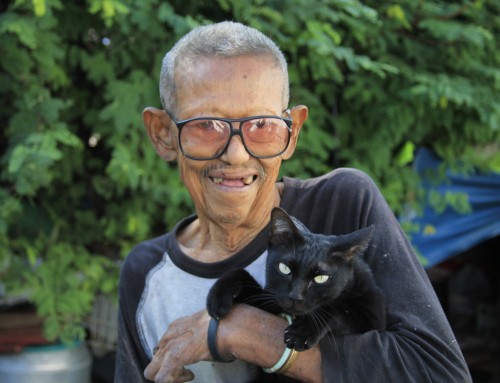Living in a brand new country that is known for it’s wild life… dangerous and poisonous wildlife, is something that takes some adjusting. Although we haven’t seen much yet, we have seen a variety of new birds, lizards, and the Cane Toad…
Upon arriving to our first sit, we were warned about a large poisonous toad that can release a milky venom out of it’s back between the shoulder blades. Although it can be poisonous to humans, its popular victims are dogs and other pets. Caring for pets in Australia is an entirely new story. To be a responsible pet owner out here is a whole new set of rules and education. For the first time, since I was young, I had to educate myself on the dangers of my environment for the pets I was caring for.
Cane toads were introduced and released in Australia in 1935 to help sugarcane plantations. They were introduced with the purpose of killing and controlling beetles. The plan failed and instead the Cane Toad thrived, reproducing to the point of becoming an overpopulated pest. The plan failed because the Grey Back Beetle is rarely on the ground where Cane Toads live.
Cane toads are often seen as road kill, but aren’t spotted alive as often. They come out more often when it is dark or when it has been raining. Dogs will sometimes chase them or pick them up as road kill. It is important to keep an eye out and make sure that you’re pet is supervised when outside.
We were told that after a dog ingests some of the Cane Toad poison they begin foaming at the mouth. We were instructed that it is very important to wash their mouth out with fresh water and transport the pet to the vet immediately, in the case that this happens.
Living in a country such as Australia brings brand new things to learn about when caring for pets. This is one lesson we had to learn our first week in Australia and I am sure there will be more to come. It’s always nice being slightly more educated on the risks pet owners around the world face!
Sources
http://animals.nationalgeographic.com/animals/amphibians/cane-toad/
https://www.ehp.qld.gov.au/wildlife/threats/cane_toad.html






I was very happy to find this net-site.I needed to thanks to your time for this glorious read!! I positively having fun with each little little bit of it and I have you bookmarked to take a look at new stuff you weblog post.
This website online is mostly a walk-by means of for all of the info you wished about this and didn抰 know who to ask. Glimpse right here, and also you抣l undoubtedly discover it.
The following time I read a blog, I hope that it doesnt disappoint me as much as this one. I mean, I know it was my option to learn, however I really thought youd have something interesting to say. All I hear is a bunch of whining about one thing that you could repair should you werent too busy on the lookout for attention.
Thank you a lot for providing individuals with such a memorable opportunity to check tips from this website. It’s always so nice and also jam-packed with amusement for me personally and my office fellow workers to visit your site on the least thrice in a week to read through the latest tips you will have. And lastly, I’m so actually satisfied considering the eye-popping ideas you give. Selected 3 ideas in this article are really the most beneficial we have had.
I抦 impressed, I have to say. Really rarely do I encounter a blog that抯 both educative and entertaining, and let me let you know, you’ve hit the nail on the head. Your thought is excellent; the issue is one thing that not sufficient persons are speaking intelligently about. I am very comfortable that I stumbled throughout this in my seek for one thing referring to this.
Oh my goodness! an incredible article dude. Thank you Nevertheless I am experiencing problem with ur rss . Don抰 know why Unable to subscribe to it. Is there anyone getting similar rss drawback? Anybody who is aware of kindly respond. Thnkx
After examine a couple of of the blog posts on your web site now, and I actually like your approach of blogging. I bookmarked it to my bookmark website listing and will likely be checking back soon. Pls take a look at my web page as properly and let me know what you think.
An fascinating discussion is price comment. I think that you should write extra on this topic, it might not be a taboo subject but typically individuals are not enough to talk on such topics. To the next. Cheers
you have got a great blog here! would you wish to make some invite posts on my blog?